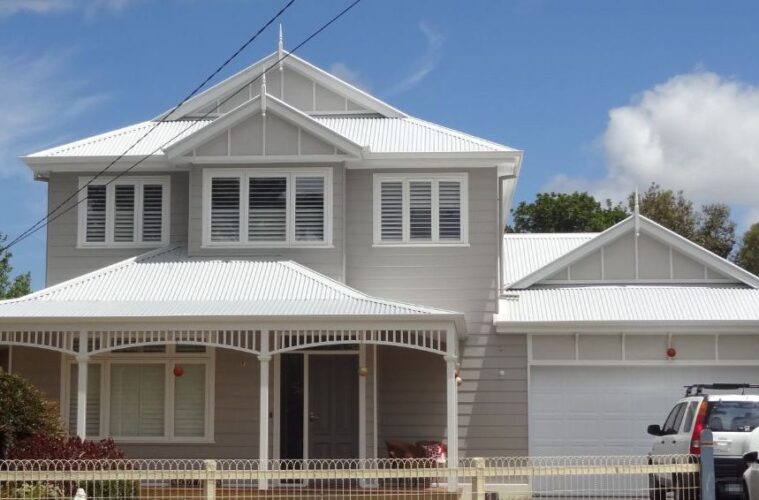The importance of the exterior aesthetic of a house is undeniable. As a homeowner, you take meticulous care in selecting the right colours, materials, and designs that suit your taste. However, beyond just aesthetics, the choice of certain exterior elements like your roof’s colour can significantly affect the climate inside your home. This article will particularly focus on Colorbond roofs, known for their versatility and resilience, and will also touch upon the interesting development in New South Wales (NSW), where dark roofs have been banned.
Colorbond roofing, a popular choice among Australian households, has been praised for its durability, design flexibility, and thermal efficiency. However, many homeowners are not fully aware of the profound impact of their Colorbond roof’s colour on their home’s climate.
Climate and Colour: A Confluence of Science
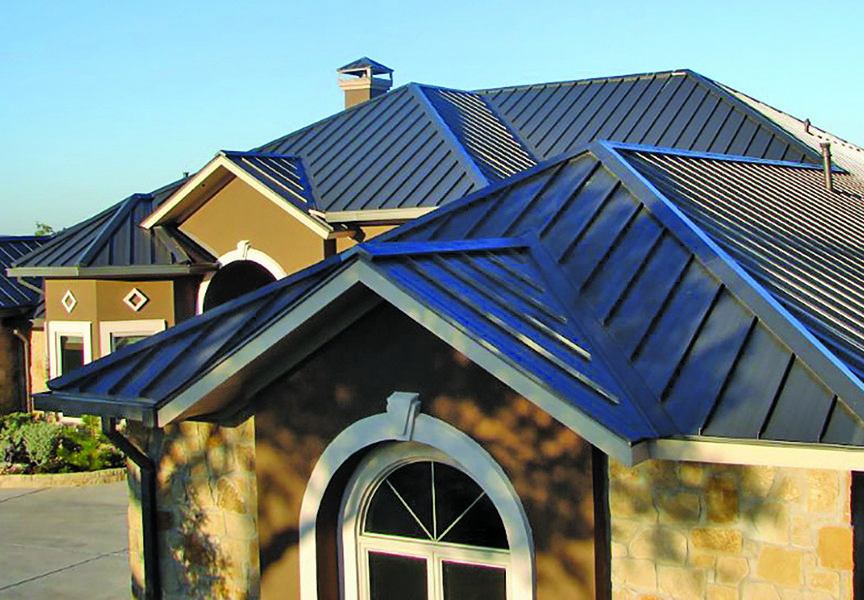
source: pinterest.com
The correlation between the colour of a roof and a home’s internal temperature is firmly grounded in physics. Light-coloured roofs, like white or cream, reflect a large portion of the sun’s rays, thus limiting heat absorption. This can reduce the need for air conditioning during hot weather, providing a cost-effective way to keep your home cool.
On the other hand, darker roofs absorb a higher amount of heat due to their ability to absorb more light, thereby increasing the interior temperature of the home. This property is beneficial during colder months as it helps retain heat within the home, reducing the reliance on heating systems.
Thermal Efficiency and Colorbond Roofs
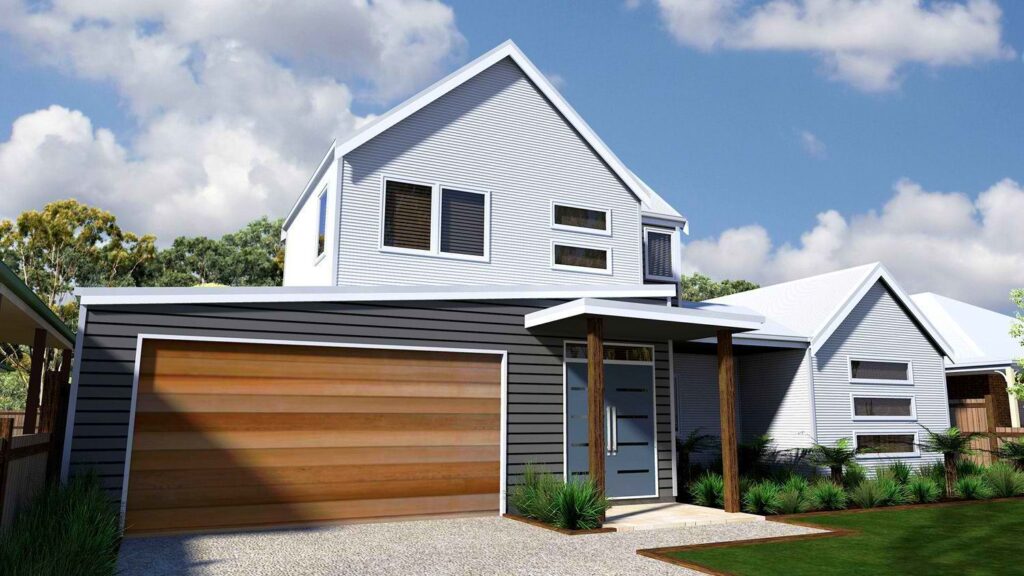
source: pinterest.com
The colour of your Colorbond roof significantly influences its thermal efficiency. Lighter colours, such as Surfmist or Shale Grey, perform exceptionally well during the scorching Australian summers by keeping your home cooler. In contrast, darker Colorbond colours, such as Monument or Night Sky, absorb and retain more heat, contributing to a warmer indoor climate during winter.
It’s not just about colour; Colorbond’s Thermatech technology also plays a crucial role in reducing your home’s cooling requirements. This solar-reflective roofing technology, available in all Colorbond colours, increases the roof’s reflectivity and thus lowers the amount of heat penetrating into your home.
Understanding the Dark Roof Ban in NSW
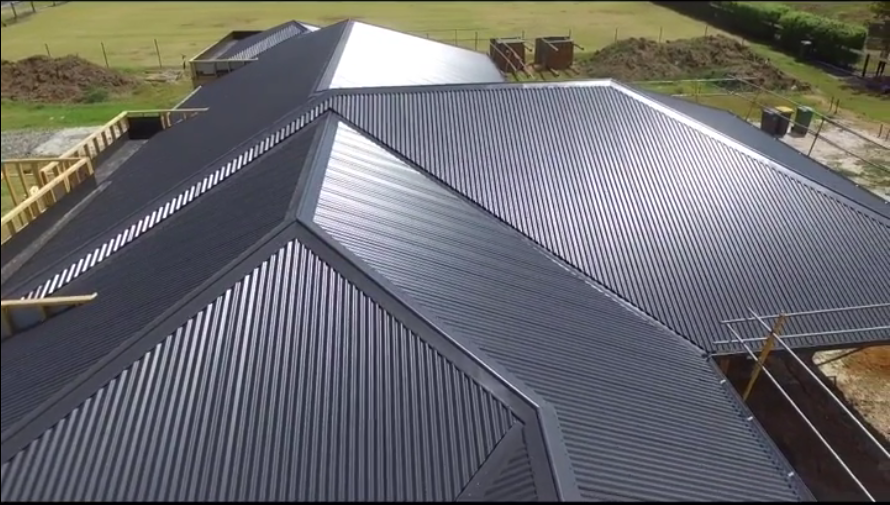
source: pinterest.com
Recently, there has been a significant legislative development in NSW with the ban on dark roofs. This policy change, designed to combat the heat island effect and reduce energy consumption, has sparked a considerable amount of discussion.Roofing in Sydney has changed now as new homes are now lighter in terms of aesthetics.
The heat island effect occurs when urban areas are significantly warmer than their surrounding rural areas due to human activities. Dark roofs, due to their heat-absorbing properties, contribute to this effect.
By banning dark roofs, NSW aims to reduce energy consumption for cooling buildings, which is a significant component of the overall energy usage. A side benefit is a reduction in greenhouse gas emissions associated with energy production, aligning with the global sustainability goals.
This move, however, does not entirely rule out the usage of darker roofs. Darker Colorbond roofs with higher solar reflectance, thanks to the Thermatech technology, can still be a sustainable and aesthetically pleasing option.This colour change will change the landscape to the aesthetic of suburbs especially to those newly built properties and their roofs in Western Sydney.
Final Thoughts
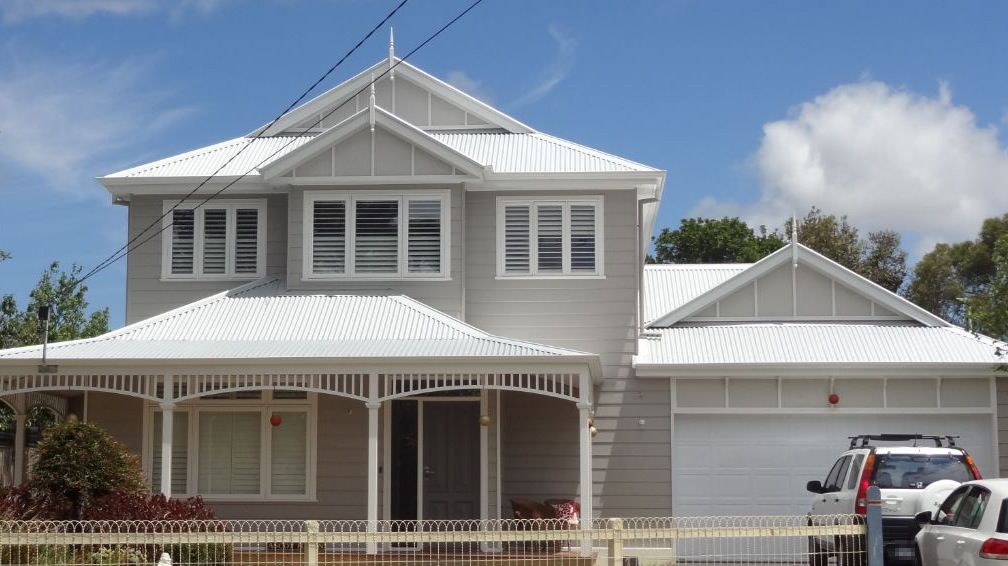
source: pinterest.com
The colour of your Colorbond roof influences not just the curb appeal but also your home’s internal climate, energy consumption, and environmental footprint. In light of the dark roof ban in NSW, it’s clear that the implications extend beyond individual homes to the broader environmental context.
When choosing a Colorbond roof colour, consider factors such as your local climate, your home’s insulation, and the balance between heating and cooling needs. By making an informed choice, you can ensure comfort, energy efficiency, and adherence to local building regulations, while also contributing to broader sustainability goals.

